Yard hydrants are an essential part of any residential or commercial property’s water system. They provide convenient access to water for various outdoor activities, such as gardening, car washing, and filling up swimming pools. However, like any other plumbing fixture, yard hydrants can also develop leaks over time.
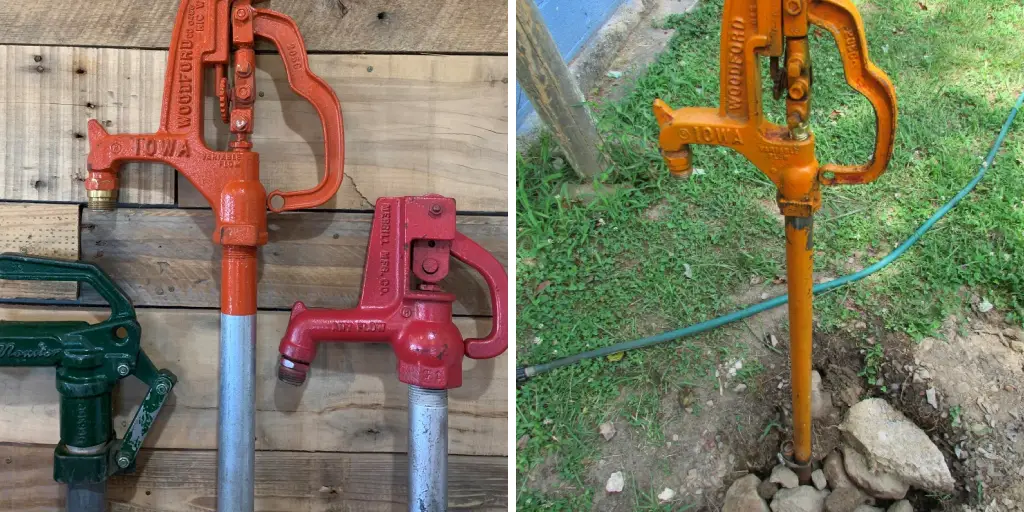
The main advantage of telling if a yard hydrant is leaking underground is that it allows you to identify problems early on and address them before they escalate. This can save you time, money, and hassle in the long run. In this blog post, You will learn in detail how to tell if a yard hydrant is leaking underground.
Step by Step Processes for How to Tell if a Yard Hydrant is Leaking Underground
Step 1: Inspect the Hydrant Above Ground
First things first, inspect the yard hydrant above ground. Look for any visible signs of damage or corrosion that may indicate a leak. Check for cracks, rust, or other abnormalities on the metal casing.
Step 2: Check the Water Pressure
Low water pressure is one of the most common signs of an underground leak in a yard hydrant. Use a pressure gauge to check the water pressure at the hydrant. If it is significantly lower than usual, it may be an indication of a leak. If you notice an increase in your water bill or see that your meter is constantly running even when all faucets are turned off, it could be a sign of an underground leak in your yard hydrant.
Step 3: Listen for Odd Sounds
If you hear a constant hissing or gurgling sound near the yard hydrant, it could be a sign of an underground leak. The sound is caused by water escaping from the pipe and can usually be heard if you put your ear close to the ground.
A dye test involves putting a few drops of food coloring into the water supply pipe that connects to the yard hydrant. If you see the colored water seeping through the ground, it is an indication of a leak.
Step 4: Inspect Surrounding Vegetation
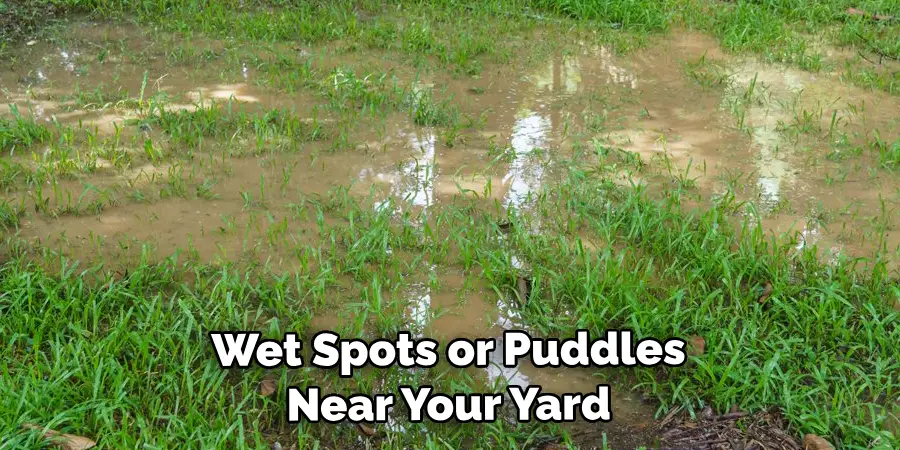
An underground leak may cause the surrounding vegetation to be unusually green and lush compared to the rest of your yard. This is due to the constant supply of water from the leak. If you notice wet spots or puddles near your yard hydrant, it could be a sign of an underground leak. These wet areas may also have a foul odor.
Step 5: Dig Around the Hydrant
In some cases, the best way to confirm an underground leak is to dig around the yard hydrant. Look for any signs of water or mud in the soil and pay attention to the depth at which you find it. If you have gone through all the steps and still suspect an underground leak, it is best to call a professional plumber or water utility company to conduct a more thorough inspection. They have the necessary tools and expertise to accurately locate and repair the leak.
Step 6: Regular Maintenance
Prevention is always better than cure. To avoid any potential underground leaks in your yard hydrant, it is important to conduct regular maintenance checks, especially before winter when freezing temperatures can cause damage to pipes. Always be vigilant and address any signs of damage or abnormalities promptly to prevent costly repairs in the future.
By following these step-by-step processes, you can easily tell if a yard hydrant is leaking underground and take necessary actions to address the issue. Remember, early detection and prompt repairs can save you time, money, and potential damage to your property.
Safety Tips for How to Tell if a Yard Hydrant is Leaking Underground
- One of the easiest ways to tell if your yard hydrant is leaking underground is by checking for standing water in the surrounding area. If you notice puddles or damp spots near your hydrant, it could indicate a leak.
- Another potential sign of a leaky yard hydrant is an increase in your water bill. If you notice a significant spike in your water usage without any change in your household’s water consumption, it could be due to a hydrant leak.
- A functioning yard hydrant shouldn’t make any noise when not in use. If you hear hissing or gurgling sounds coming from the ground near your hydrant, it could be a sign of an underground leak.
- Take a close look at your yard hydrant for any visible signs of damage or wear and tear. Cracks, rust, and loose parts can all indicate a potential leak.
- In addition to standing water, look for any unusual depressions or changes in the ground around your yard hydrant. These could be caused by an underground leak and should be addressed immediately.
- A pressure test can help determine if there is a leak in your yard hydrant’s supply line. To do this, turn off all other sources of water on your property and then open the hydrant to see if the pressure drops significantly. If it does, there may be a leak.
- If you suspect that your yard hydrant is leaking underground, it’s important to contact a professional for further inspection and repairs. Trying to fix an underground leak on your own can be dangerous and potentially cause more damage.
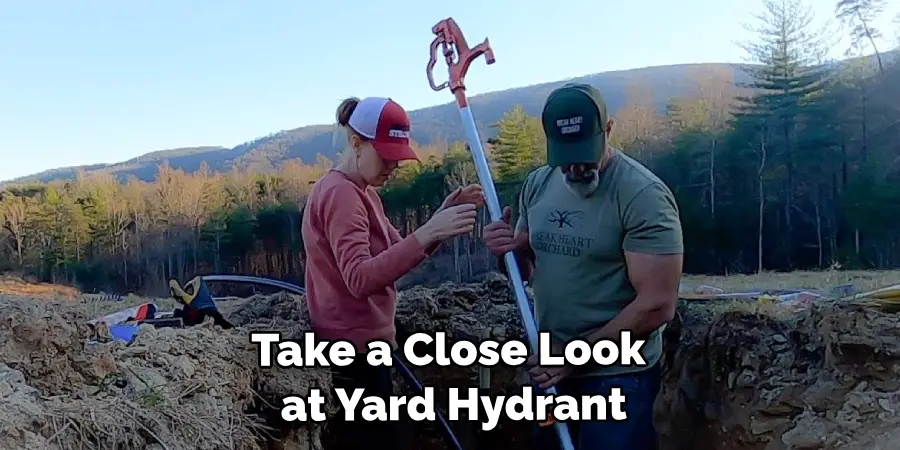
By following these safety tips, you can effectively determine if your yard hydrant is leaking underground and take the necessary steps to address the issue. Remember, proper maintenance and regular inspections are key to preventing costly damage and ensuring the safety of your property.
Signs of an Underground Yard Hydrant Leak
Yard hydrants are essential for providing a reliable source of water to your outdoor spaces. However, like any other plumbing fixture, they can develop issues over time. One of the most common problems with yard hydrants is underground leaks.
These leaks can be challenging to detect as they are not visible on the surface. In this article, we will discuss to tell if a yard hydrant is leaking underground and what signs to look out for. The first step in detecting an underground yard hydrant leak is understanding the potential signs. Here are some indicators that your yard hydrant may be leaking underground:
- Loss of Water Pressure: If you notice a sudden drop in water pressure when using your yard hydrant, it could be a sign of an underground leak. The leak can reduce the water flow and pressure, making it difficult to use the hydrant effectively.
- Water Pooling: If you see water pooling around your yard hydrant even when it’s not in use, there is a high chance that there is an underground leak. This is because the water from the leak will gradually rise to the surface and create puddles.
- Unexplained Water Bill Increase: An underground yard hydrant leak can also result in a sudden increase in your water bill. If you notice a spike in your monthly water usage without any apparent reason, it could be due to an undetected leak.
- Wet Spots or Sinkholes: Another sign of an underground yard hydrant leak is the formation of wet spots or sinkholes in your yard. As the water from the leak seeps into the ground, it can cause the soil to become saturated and create visible depressions on the surface.
- Mold or Mildew Growth: A leaky yard hydrant can also lead to excess moisture in your yard, which can promote the growth of mold and mildew. If you notice these signs around your yard hydrant, it could be a sign of an underground leak.
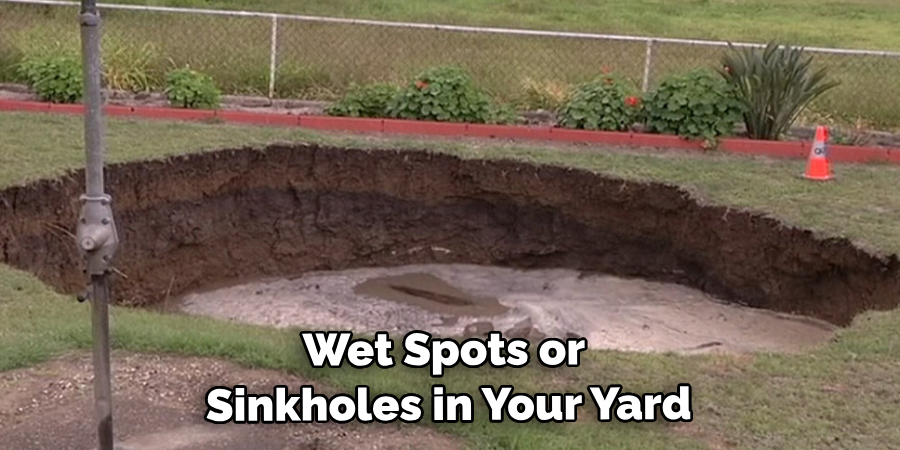
By keeping an eye out for these signs, you can identify and address an underground yard hydrant leak before it causes significant damage. But how do you confirm if your suspicions are correct?
How Can You Maintain and Prolong the Lifespan of Your Yard Hydrant to Prevent Underground Leaks?
Prevention is always better than dealing with a problem after it occurs. To avoid underground yard hydrant leaks, here are some maintenance tips that can help prolong its lifespan and prevent potential issues:
- Regularly Check for Signs of Damage: Have a routine inspection schedule for your yard hydrant to check for any cracks, rust, or other damages that could lead to leaks.
- Protect It From Extreme Weather: Extreme temperatures can affect the durability of your yard hydrant. During winter, ensure to close the valve and drain all water from the hydrant to prevent freezing.
- Use Proper Installation Techniques: Improper installation can cause damage to your yard hydrant and increase the risk of leaks. It is crucial to follow proper installation guidelines or hire a professional to ensure it is done correctly.
- Repair Leaks Promptly: If you notice any signs of a leak, address it immediately before it worsens and becomes an underground issue. A simple repair can save you from a more significant headache down the road.
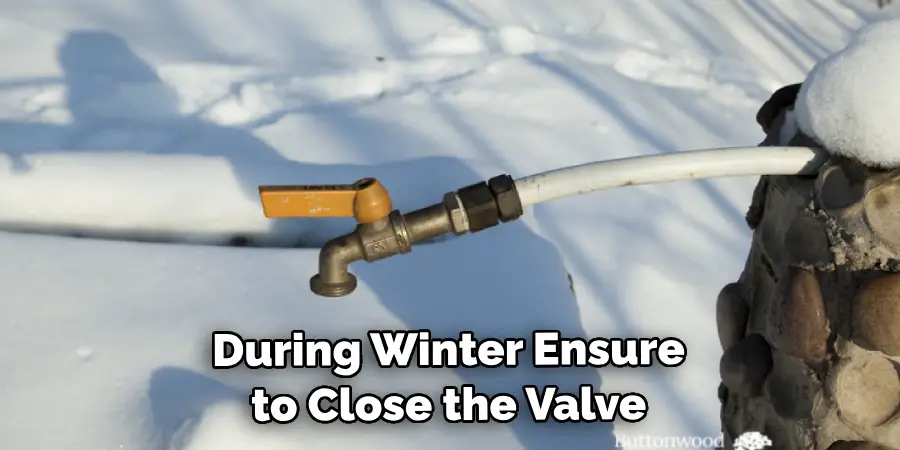
By following these maintenance tips, you can enjoy a well-functioning yard hydrant for years to come and avoid costly repairs.
Are There Any Long-term Consequences of an Underground Leak in a Yard Hydrant That is Left Unrepaired?
There are several potential long-term consequences of an underground leak in a yard hydrant that is left unrepaired. These include damage to surrounding structures, contamination of groundwater, and increased water bills. Firstly, if the leaking yard hydrant is located near a building or other structure, it can cause damage over time.
The constant presence of water can weaken foundations and lead to cracks, which can compromise the stability of the structure. This is especially concerning for homes or other buildings with basements, as the water can seep in and cause flooding.
In addition to structural damage, an underground leak in a yard hydrant can also contaminate groundwater. Yard hydrants are typically connected to your main water supply and any leaks will introduce potentially harmful substances into the ground.
This can have serious consequences for both human health and the environment. Furthermore, leaving an underground leak in a yard hydrant unrepaired can result in significantly increased water bills. Even a small leak can waste hundreds of gallons of water each day, which will be reflected on your monthly bill.

Conclusion
The main disadvantage of a yard hydrant is that it can leak underground without being easily detectable. This can result in wasted water, higher water bills, and potential damage to your property. It is important to regularly inspect and maintain your yard hydrant to ensure it is not leaking.
In conclusion, having a yard hydrant in your home is definitely beneficial, as it provides easy access to water for all kinds of outdoor tasks. However, like any other plumbing fixture, it requires regular maintenance and can also develop issues over time. One common problem with yard hydrants is leaking underground, which can be difficult to detect and fix. I hope this article has been beneficial for learning how to tell if a yard hydrant is leaking underground. Make Sure the precautionary measures are followed chronologically.

